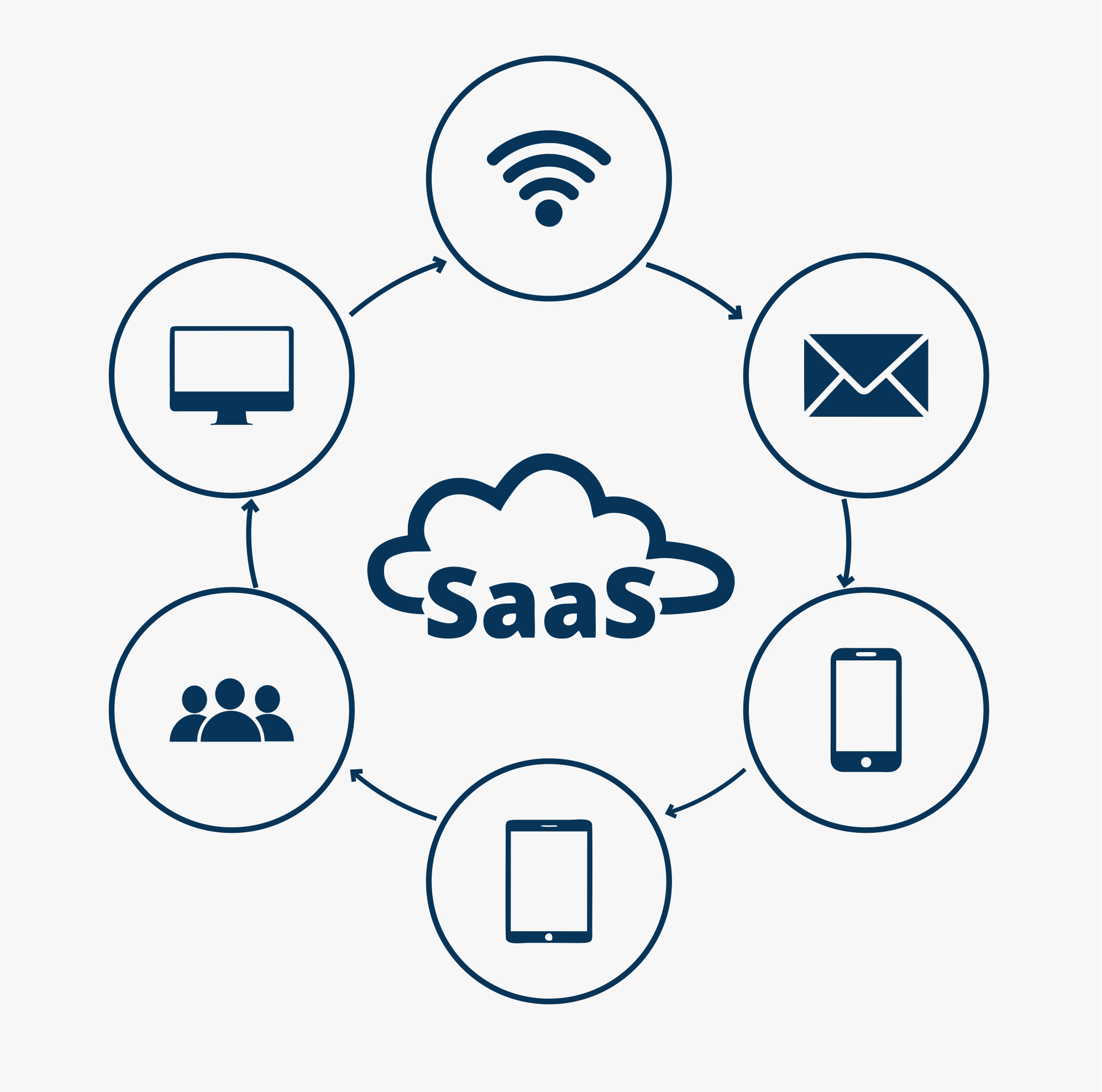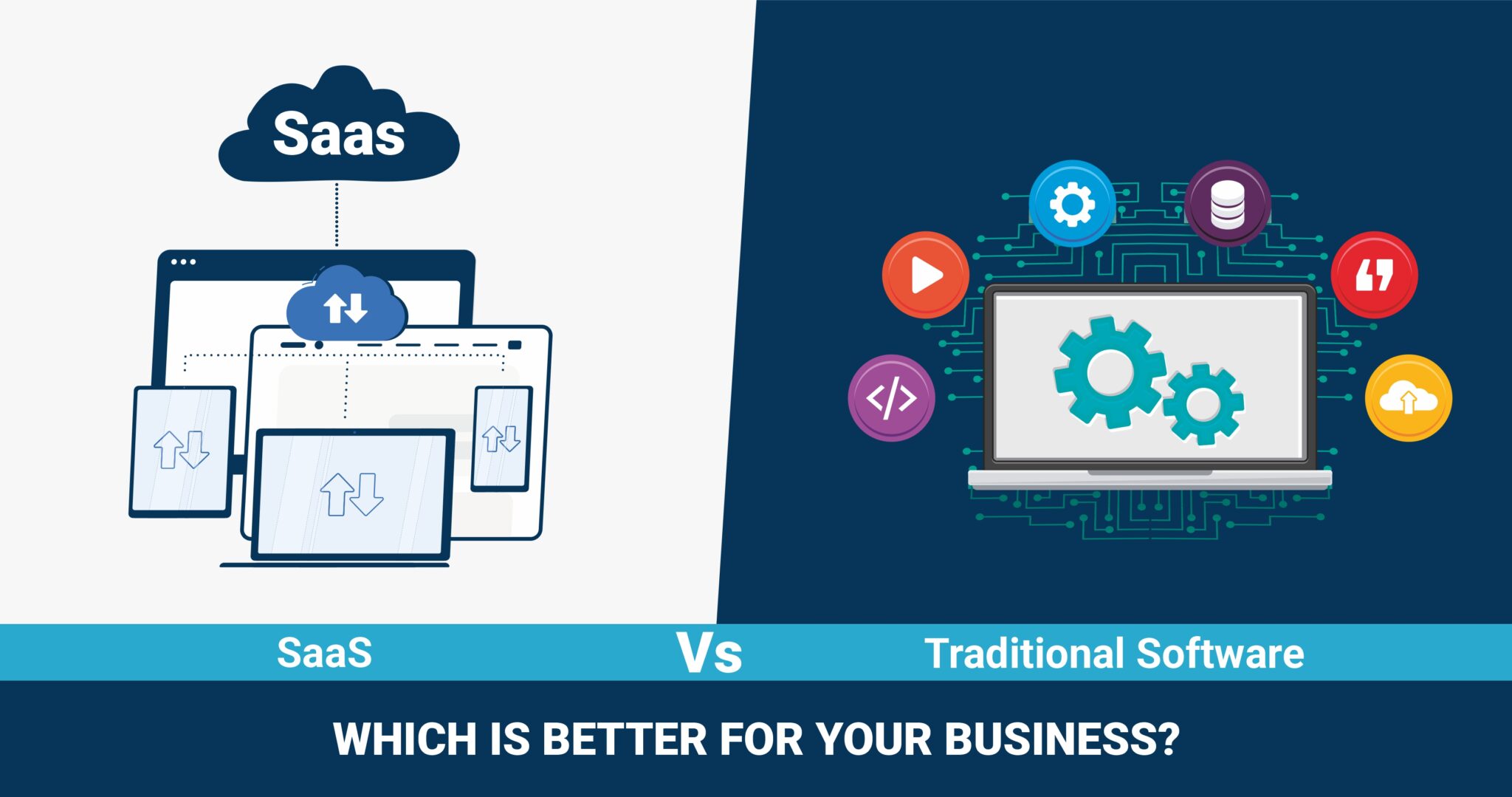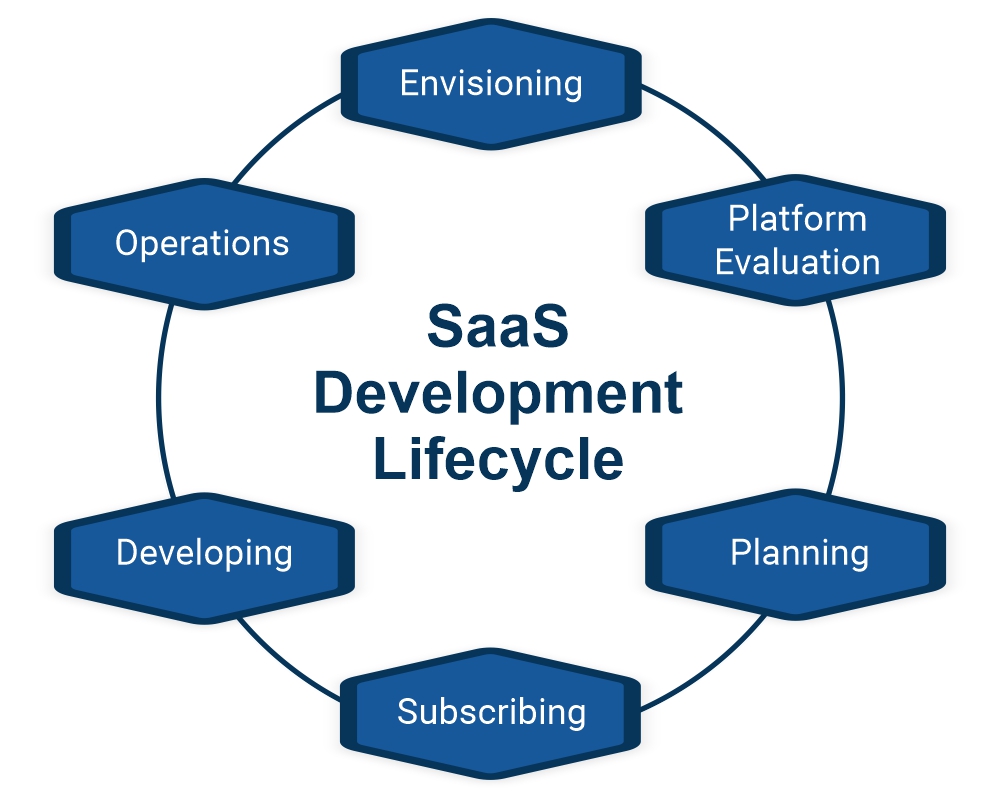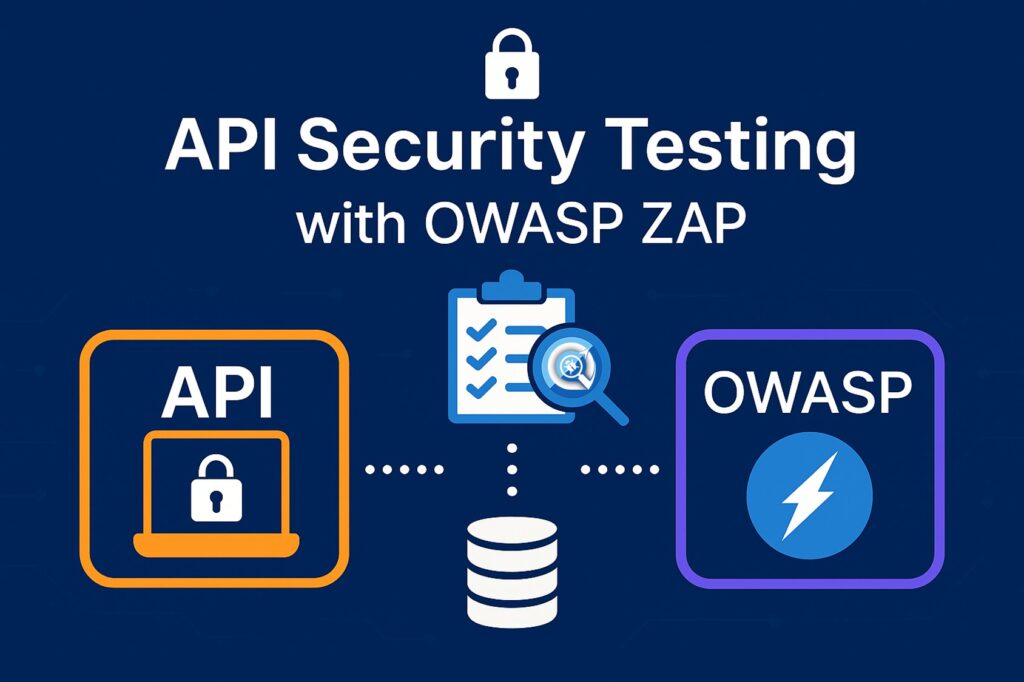SaaS in the current globalization, advanced business economy has been proven to be a key change for organizations of all types and sizes. SaaS technologies have caused technological disruptions that are affecting the functioning of business enterprises in a positive way due to agility, scalability and innovative models.
In this blog we’ll explore the most helpful technologies, discuss the main obstacles to SaaS application testing, and provide methods for an all-encompassing testing approach.
What is SaaS?
Referred to as Software as a Service (SaaS) and readily accessible to clients via the Internet, SaaS assists businesses in avoiding the requirement to execute and install software on their own computers, hence mitigating the cost of hardware procurement, setup, upkeep, and support.

What is SaaS application testing?
AO Web-based applications that are part of the SaaS model are covered under the umbrella term ‘SaaS testing.’ SaaS applications are hosted applications retrieved from the internet and saved on servers rather than desktops.
Moreover, errors that are inherent in the SaaS platform testing are explained as activities that ensure the validation of the software’s quality. General parameters that define certain characteristics of business applications such as performance, security, capability for integrating data with other systems, scalability, and dependability must be verified.
Companies are constantly moving towards Cloud Computing and delivery of Software as a Service in this highly competitive world. This is mainly driven by the following factors: Double benefit of pay as you go for services and on demand service.
SaaS versus Traditional testing:

Contrary to common belief, people believe that testing SaaS application is a challenging task as compared to traditional testing.
Let’s examine a few elements that support this claim:
- It has brought about increased need for quality assurance especially since the delivery of products is much faster now.
- Common SaaS application testers must undergo a series of tests to see that can cause the application’s users maximum benefits.
- Being correlation to both SaaS-quartered and non-SaaS-quartered application components, this role calls for immense business and industry knowledge in managing actual and potential variables of the industry.
- It is possible that the test environment should provide the characteristics that allow for the automation of application delivery, testing, and execution.
- SaaS testing offers additional benefits in comparison to conventional testing, such as:
- Cost of upgradation of application and maintenance is lower.
- As the risk involved is comparatively lower, thus the concerned focus area is adopting new and innovative ideas.
- Pay per use.
- Without any software installation it can be directly accessed over the internet.
Types of SaaS application testing
In software as a service testing some tests are performed to ensure dependability, efficiency and security in the program. Now let us proceed to discuss the SaaS testing characteristics in detail.
1. Functional Testing
An important subarea of environments testing is functional testing – which checks if a SaaS application behaves as users would anticipate. This type of testing involves reviewing the specification for the program to ascertain that its features and characteristics effectively work as intended.
Here, we will discuss some of the techniques used under functional testing such as unit testing, integration testing, system testing, and user acceptability testing. Functional testing may help developers figure out whether there are any defects in the code or not, ensure that SaaS apps meet the intended functionality as usability is a crucial aspect of the products.
2. Performance Testing
Performance testing deems to assess the capability of a SaaS application under diverse degrees of stress. Overload test, stress test, and benchmark testing are some of the objectives to achieve; ascertaining the maximum number of users that can concurrently use the system without experiencing excessive delay in response time.
In the event that a system is subjected to some pressure, performance testing will help highlight some problems such as data transfer problems, reliability issues and system unavailability. Performance testing can assure that the SaaS application responds to the user’s input effectively and quickly, thus providing best user experience and retention of customers to the development teams.
3. Compatibility Testing
The compatibility testing involves the ability of a SaaS application to operate on different types of Hardware, web browsers, mobile operating systems and devices. The objective is to make it as well-behaved as possible in the external environment by preparing the software for any and all the configurations it may be confronted with in a real-world application.
Compatible testing can enable development teams to detect issues that may arise before the program is rolled out for use by others. Equally important, compatibility of the new feature with currently existing hardware and software environments is also guaranteed by this test.
4, API Testing
API testing is a procedure that is used to test the API interfaces through which different software components of a SaaS application can integrate. Testing should be conducted in order to check how the specific API performs the necessary functions of data input and output. Many techniques are used in API testing, including:
- GET
- POST
- PUT, and
- DELETE requests.
Furthermore, it scans for any deviations or error messages that may occur when using the program. By API testing, teams can find out the beneficial aspect and drawbacks of the API and ensure that all components of applications work properly with the SaaS application.
5. Accessibility Testing
This procedure examines the conformities that has been done in order to determine if a given software application can be employed by people with disabilities. They aim to ensure that, anyone who wants to use the SaaS application has access and the application needs to be mobile-friendly, Neuro-COG-AUD-VIS-Phys Disabled friendly. Testing for accessibility consists of:
- Testing navigation with just a keyboard.
- Using screen readers.
- Adjusting colour settings for high contrast.
- Trying assistive technologies.
Since this testing proves that the firm is Diversity & Inclusion-conscious and consumer-oriented, performing this evaluation enhances user satisfaction and product allure.
6. Infrastructure Safety Testing
Infrastructure safety testing checks the ability of a SaaS platform’s architecture to exclude unauthorized parties and protect data from external threats. The objective of this type of testing is to ensure the server, database, network or any related infrastructure components security from internal or external threats.
As part of infrastructure safety testing, both the vulnerability scans and the penetration tests are usually used to identify and realize the presence of security holes. It is also a way of ensuring that in the unlikely event that something happens to force a shutdown of the SaaS platform, the platform is robust enough to withstand it.
Understand the steps involved in the SaaS development life cycle in brief:

It can be divided into three approaches, where the most frequently used is agile development, however, depending on the project, it is based on the needs of a particular project. Based on research, there are six stages in elaborating SaaS development life cycle, as shown in the figure.
The different phases with brief introduction are listed below:
- The envisioning phase that has been characterized by several market research studies enables identification of business prospects and requisite in the market.
- The type of Platform Evaluation that is used in the Pre-Implementation Phase also ensures that the features that were planned, such as performance, security, scalability, and disaster recovery, are correctly scrutinized and effectively implemented.
- Planning phase is defined as the process of translating the information such as a project plan, specifications, personnel, etc. formalized for the different stakeholders and into the technical requirements that are required by the developers.
- In the Subscribing Phase, critical choices are made about design, cost, and disaster recovery plans in order to guarantee high service availability.
- Developing Phase, as the name is quite suggestive of its meaning that this phase encompasses the process of establishing the development environment and then exercising the environment in several ways. SaaS load and performance testing is important since as SaaS applications are designed to operate at their optimal capacity 24/7.
- In this phase, the services that will be needed during the Operations Phase will be deployed. To reduce subsequent issues the support of it and enhance the overall usability, one should maintain its security measures and updates.
The aforementioned explanation will give one a basic glimpse of how SaaS development happens in a lifecycle way. Still, one can see that in some cases the choice is more evident and different projects may have different lifecycles and choose different approaches.
Understanding the Focus of SaaS Testing Methodology
SaaS testing is always centre stage and uses methods to ensure that the SaaS application broadly developed under this model will work as planned.
Since SaaS comprises of Networks, Applications, and Infrastructure, these are considered to be the core of the SaaS testing strategies. The testing of SaaS being a concept covers a number of vital domains.
Listed below are a few of them:
- Component testing of White and Black box testing.
- A subtest that is geared toward testing the functionality of the application and ensuring it meets the required functionality
- Integration testing affirms the compatibility or the cohesion of the SaaS system with other systems.
- Exploratory testing is usually performed on new test cases.
- A subset of infrastructure and security testing is security testing, which may involve testing the security features of a network such as security risks, integrity, and accessibility tests.
- Check the performance and ensure that the new SaaS connectivity is of high quality and test the compatibility of the user interface in other platforms.
- Because each application change, upgrade, release or data migration involves quite a complexity, the right regression testing must always be conducted.
- The importance of reliability testing is to reduce the likelihood of the system failing when it is in use by the end-user.
- To ensure that the network is secure in the right manner, all the possible tests that can be done are often performed.
- Load testing along with stress and endurance tests are required to ensure that the application works as expected when loaded with high traffic.
- One has to assess the compatibility of the application with different browsers, as well as users to some extent.
- Upgraded testing is needed for SaaS apps, at any time new features are implemented or other features which have become updated are improved.
- API testing is performed to ensure that the documented API is working correctly, is not vulnerable and it is complete containing all set functionalities and is efficient.
- The procedural testing involves handling bills, payments, and questions posed by customers.
Solving of robust applications is more challenging than in the previous case. One of the major concerns we have is implementing security features for the system since the SaaS system is directly accessed by the consumer through the internet.
SaaS Application Testing Challenges
While the difficulties may vary slightly based on the kind of project, let’s examine some of the typical difficulties encountered when testing SaaS applications:
- That is because there is limited time when the legitimacy and security of an app can be identified, especially if updates and releases occur frequently and within a short period.
- Various components related to an application’s front-end are often implemented, while the back-end parts related to the front-end are sometimes only checked.
- It is very difficult to take care of privacy and ensure that this information does not transfer when several customer actions co-exist.
- It has been mentioned in this discussion on why performance testing is important for SaaS services,.
- In cases where multiple applications share a common test data base, it becomes challenging to maintain test data confidentiality and integrity as the applications are integrated and migrated to SaaS.
- SaaS testers must evaluate all licencing aspects, such as usage, user count, and programme functionality, with each new release.
- The application has not been standardised.
These are some methods that can be taken to overcome these obstacles. Nevertheless, these programmes could vary based on the project’s specifications. Let’s examine a few of them:
- Automate scripts to address issues with regular updates
- Identify the sections of the application that are accessed most frequently based on your findings. Better performance testing will result from this when the time limit is restricted.
- At the time of integration, robust encryption is advised for SaaS application data protection.
SaaS applications are proving to be the rave of the moment with SaaS testing recognized to provide very good results in rendering high standard applications.
SaaS Testing Tools
Although, SaaS testing is not only about functional, performance and unit testing, it also encompasses application security as part of the methodology. Let’s take a quick look at SaaS testing tools:
PractiTest
Finding the balance between letting developers handle the tests on one hand and providing them with a comprehensive end-to-end testing solution on the other hand, is what this test automation tool proposes as its objective. The following is a list of this testing tool’s primary features:
- Provides strategies for handling their own upcoming individual projects as well as their schedule for testing, and their handling of information.
- It acts as a link to various organizations at different tiers.
- Ideally, it would keep a record of the progress made on a specific project.
- Supervise relevant communication with the other individuals and organizations
qTest
Many organizations use this cloud-based test management application for the flexible test management structure and uncomplicated messaging. The following are this testing tool’s primary features:
- It is easy to use as well as can enhance interconnection among the different innovative groups of workers in various sites.
- It can involve note-taking and annotation as well as the development of elaborate defect charts. The free trial has an option allowing for sharing on a basic level.
- The use of this tool would assist you to effectively determine the right plans to work with.
QMetry
This tool serves as an interface, connecting faults and test cases to project requirements. This aids in traceability and end-to-end coverage of project progress.
Here are a few of its attributes:
- This tool gives you additional freedom to use older test cases when requirements change periodically.
- Test case execution results and status can be recorded
- Test case execution page allows for real-time test case editing when needed
- Defects are managed via a link. It is easy to find all of the previously logged issues for certain test cases. This lessens the likelihood of duplicate defect logging occurring.
In this article, we have provided a summary of each of the tools in an attempt to present you with a detailed look at each tool. Each of the above has more parameters but to make it easier to understand how this works, you ought to learn each tool better.
Conclusion
This application type is a multi-tenant structure, hypersensitive to changes, and expected to work perfectly in various contexts: that is why SaaS applications are a problem. To achieve this, the company should have a sound testing strategy, testing strategy that consists of continuous integration, automation, and stringent security testing.




